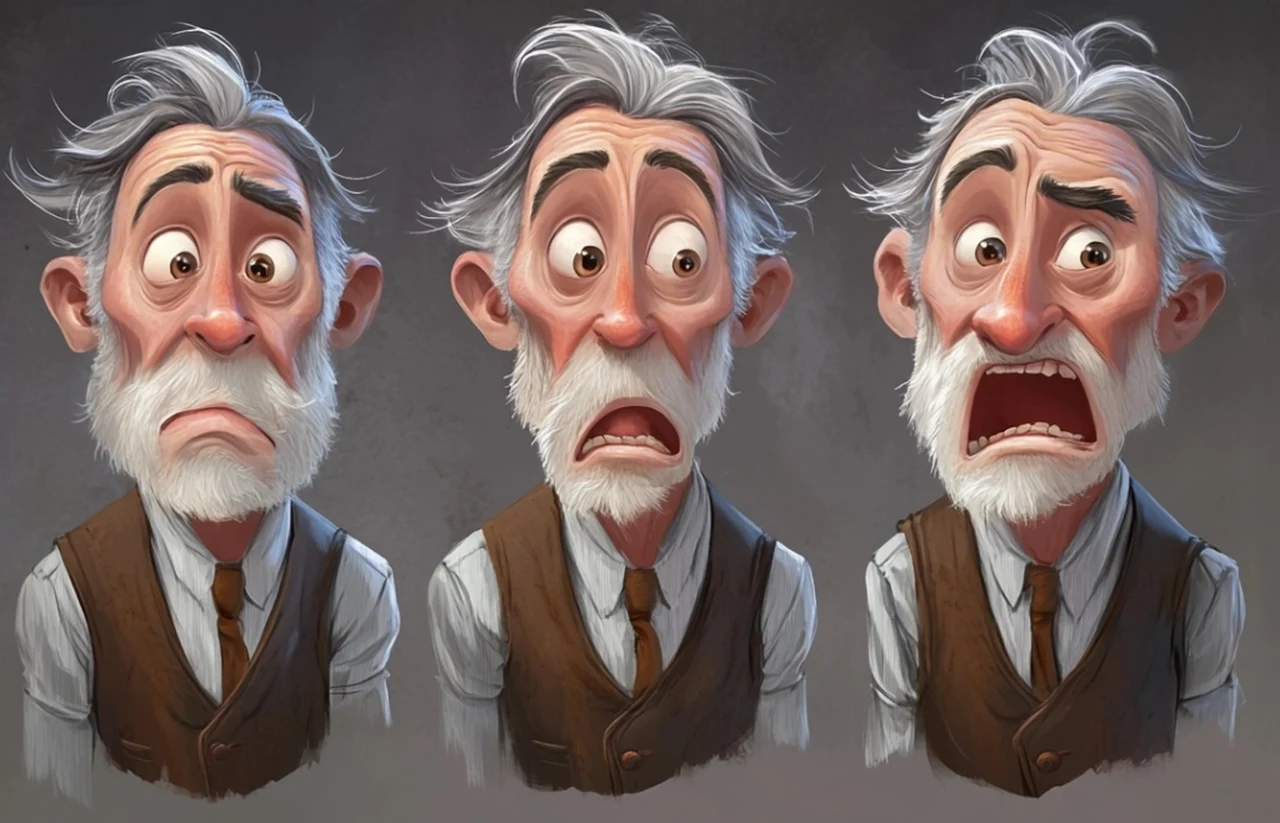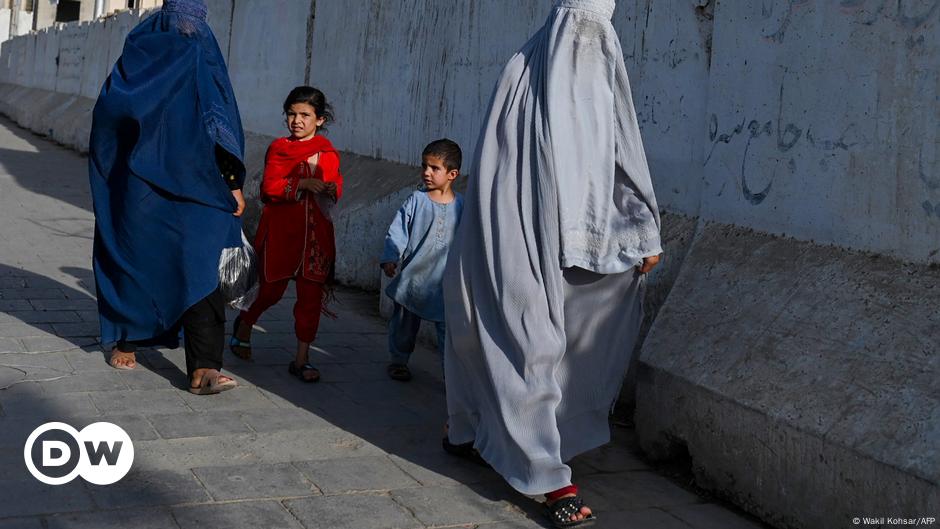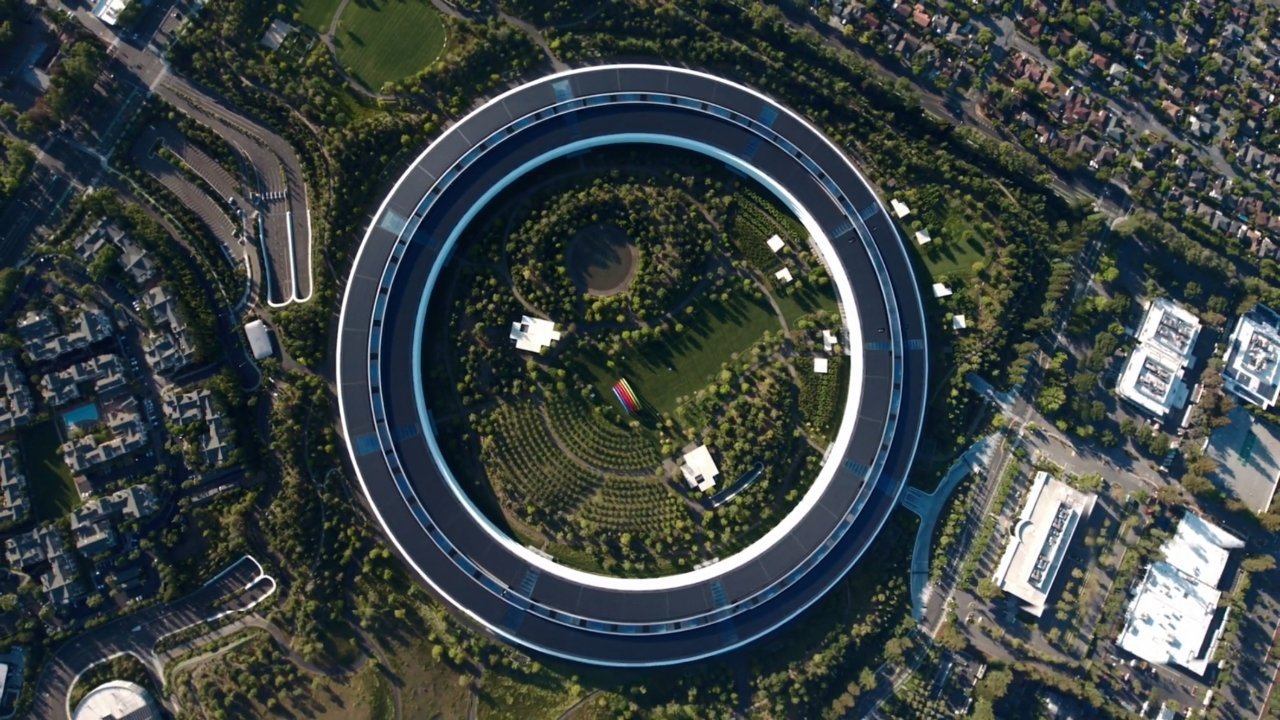
If like me you have struggled to maintain consistent characters in Midjourney especially when using multiple different characters across a variety of different scenes. You might be interested in this new guide by Glibatree not only explains how to obtain consistent character controlling Midjourney but across multiple characters and scenes. Achieving consistent character representation in Midjourney, maintaining character consistency, focusing on , , and .
By understanding and applying these methods, you can create coherent and consistent character representations across various images, even in complex scenarios with dynamic backgrounds and multiple characters interacting together. In Midjourney, image prompts play a crucial role in character representation. There are three main types of image prompts: Classic image prompts Style references Character references (CF) Each type of prompt contributes to defining and maintaining specific character traits.

Classic image prompts provide a general description of the character, while style references help establish the overall aesthetic and mood. Character references, on the other hand, focus on specific visual details that make each character unique. Tokenization is a critical aspect of using image prompts effectively, as it ensures that each element of the prompt is accurately interpreted by the Midjourney system.
By carefully crafting and tokenizing your image prompts, you lay the foundation for consistent character representation. To maintain consistency across multiple images featuring the same characters, it’s essential to use a fully defined prompt that reduces randomness. This means including all relevant details about the characters’ appearance, clothing, accessories, and any other distinguishing features.
Additionally, setting a consistent seed value is vital for controlling variability across images. The seed value acts as a starting point for the image generation process, ensuring that the same basic elements are present in each iteration. Another effective technique for enhancing character consistency is to use multiple image references.
By providing several visual examples of the characters, you can help Midjourney better understand and reproduce their specific features. This approach is particularly useful for complex characters with unique or intricate designs. When combined with a well-structured prompt framework that separates character descriptions from scene details, using multiple image references can significantly reduce discrepancies and improve overall consistency.
Here are a selection of other articles from our extensive library of content you may find of interest on the subject of Midjourney consistent characters : Generating a grid of character references using a custom GPT tool can be an invaluable resource for maintaining consistency. This grid serves as a visual guide, showcasing the key features and attributes of each character. By referring to this grid throughout the creative process, you can ensure that the characters remain consistent across different scenes and iterations.
Midjourney’s built-in editor is another powerful tool for refining complex character features and visualizing characters from multiple angles. The editor allows you to make precise adjustments to specific aspects of the generated images, allowing you to fine-tune the characters’ appearance and maintain their distinct qualities. When it comes to integrating characters into scenes, it’s often helpful to start by generating template scenes without the characters present.
This allows you to focus on creating a coherent and well-defined background that sets the stage for the characters’ actions and interactions. Once you have a solid template scene, you can use Midjourney’s editor to seamlessly place the characters within the scene. The editor’s capabilities make it easy to replace characters while maintaining the integrity of the background, ensuring a consistent and believable final image.
To further support the integration of characters and scenes, a well-structured prompt framework is essential. By clearly separating the character descriptions from the scene details within your prompts, you can maintain character integrity across various scenarios. This approach allows you to focus on the specific elements that define each character, while also providing the necessary context for their environment and actions.
Use three types of prompts: classic image prompts, style references, and character references. Properly tokenize prompts to ensure each element is accurately interpreted. Include all relevant details about characters (appearance, clothing, accessories).
Use consistent seed values to reduce variability across generated images. Provide several visual examples to help Midjourney understand specific character features, especially for complex designs. Structure prompts clearly by separating character descriptions from scene details.
Use Midjourney’s editor to refine character features and integrate characters consistently into different scenes. Generate background scenes first and then place characters within them to maintain consistency. Create a visual reference grid of characters to serve as a guide throughout the process.
Utilize Midjourney’s editor to make precise adjustments, maintain coherence, and visualize characters at different life stages. Use strategic seed values and provide a variety of reference images for maintaining consistency in different contexts. For projects that require precise scene and background consistency, using the full capabilities of Midjourney’s editor is crucial.
The editor allows you to make targeted adjustments to specific areas of the image, ensuring that the background remains coherent and aligned with your vision. This is particularly important when working with complex scenes that feature multiple characters interacting with their environment. Another advanced technique for character consistency is visualizing characters at different life stages.
By mixing character references from various points in a character’s life, you can create a dynamic representation that showcases their growth and development while still maintaining their core features. This approach adds depth and realism to your characters, allowing them to evolve and change within the context of your story or project. The techniques outlined in this guide are invaluable for creating consistent characters across a wide range of scenes and scenarios.
Whether you’re working on a complex narrative with multiple characters or designing a series of related images, maintaining character consistency is essential for creating a cohesive and immersive experience. By using the power of the editor and a well-crafted prompt framework, you can ensure that your characters remain recognizable and true to their intended design, even as they navigate dynamic and ever-changing environments. Similarly, using multiple image references for each character can help maintain their distinct features and attributes, even as they interact with other characters and their surroundings.
By providing a range of visual examples that showcase the characters from different angles and in various poses, you can help Midjourney better understand and reproduce their unique qualities. This approach is particularly effective when combined with a well-structured prompt framework that clearly separates character descriptions from scene details. Achieving consistent character control in Midjourney involves a combination of well-defined prompts, strategic use of seed values, and advanced editing techniques.
By understanding and applying these methods, you can create coherent and consistent character representations across a wide range of scenes, even in complex scenarios with multiple characters and dynamic backgrounds. With practice and experimentation, you’ll be able to master the art of character consistency in Midjourney, bringing your creative visions to life with unprecedented clarity and impact. Media Credit:.














